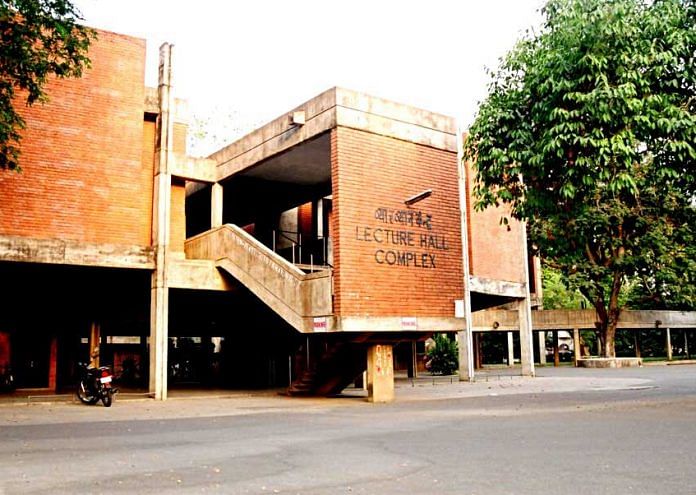Premier institute hopes to have viable prototype in next 5 yrs, to depute students on project.
New Delhi: Researchers at IIT-Kanpur have signed a Rs 15-crore MoU with a private company to develop functional prototypes of vertical takeoff and landing (VTOL) craft, which have the potential to be used as flying taxis.
The deal, signed this month with VTOL Aviation India Pvt Ltd, will see the IIT-Kanpur researchers conduct a feasibility study before embarking on the project through which they hope to build a viable prototype within the next five years.
“We will establish proof of concept and identify the key technology areas,” said Ajoy Ghosh, who heads the Aerospace Engineering and the Flight Lab at the institute. “There will be over a 100 students working on this in the coming years,” he added.
The VTOL craft are being seen as the futuristic solution to ease traffic congestion in major cities. Owing to their immense flexibility of being able to take off and land on any terrain, they could potentially solve several civilian and military logistical problems of today.
What is VTOL?
VTOL craft are defined as those that can take off vertically, hover, and land much the same way. They are of two types — rotorcraft that have rotating blades such as helicopters, quadcopters, and drones, and the powered lift types that are eponymously powered by engines.
Though less common, the second type of powered lift craft also exist in militaries worldwide. Russia’s Yak-38 was one of the earlier VTOL versions until production was stopped in the early 80s. The US has in its force, the famous V-22 Osprey, an amalgamation of powered lift and rotary action, while the Harrier Jump Jet, is used by both Britain and the US.
What are its advantages and disadvantages?
Theoretically, VTOL craft have unending advantages: they can take off and land anywhere, on any terrain, in any part of the world. They can perform manoeuvres that are impossible with traditional aircraft — a big advantage for air combat and rescue. Powered engines can also be much more cost-effective than jet fuel and traditional automobile fuel.
However, developing VTOL craft has so far been confined to the military due to the cost required for development. Even then, the trade-off between the escalating costs and safety concerns have brought production of most models to an end.
For civilians, the best use of such vehicles would be as taxis and air travel. Uber has previously announced its plans for UberAIR through which it intends to launch VTOL taxis in 2023. Munich-based Lilium aims to create electric taxis that have already been tested in Germany. Airbus and NASA are also designing their versions of flying cars.
What does IIT-K intend to do?
The collaboration between IIT-K and VTOL Aviation India is looking at developing functional prototypes within five years. But simply developing the technology is not just all.
Introducing a completely new mode of transportation will require cooperation from various authorities and civic bodies, extending up to policy changes, the researchers said. “Air traffic regulations need to be calibrated accordingly,” explained Ajoy Ghosh. This will include working with the aviation authorities in India, at the very least, to lift restrictions on the use of airspace.
The proposed craft will most likely use a ducted fan, much like commercial airplanes. It will be clean as it will use electric power. “We are also designing a hybrid propulsion system for high reliability and endurance,” said Ghosh. A hybrid system will use fuel and batteries as well.
IIT-K’s aerospace department has one of the country’s leading stating-of-the-art facility when it comes to research in aerospace and propulsion. It contains wind-tunnels and flight labs capable of testing aircraft. The development of such a prototype could be quite revolutionary if realised effectively, bringing in drastic changes to our transportation laws and connectivity.



